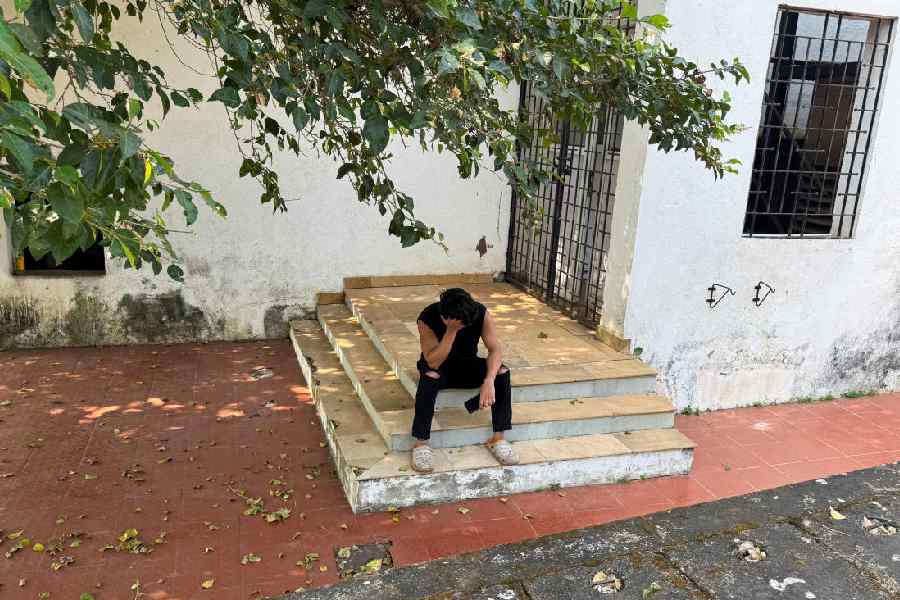Five saltwater crocodiles (Crocodylus porosus) bred in captivity for conservation were released into the wild in the Sunderbans on Thursday.
The crocodiles have been bred at a sanctuary in Bhagabatpur in Patharpratima, South 24-Parganas, said a forest official.
Around 12.30pm, the adult crocodiles were brought to the Netidhopani forest camp inside the core area of the Sunderbans Tiger Reserve. Each crocodile was kept in a cylindrical perforated capsule made of synthetic plastic polymer. Two diesel-powered boats manned by scores of foresters carried the capsules to the bank of a canal at the camp. The boats stopped around 100 metres from land. Groups of foresters then carried each capsule on their shoulders to the river bank.
Had the crocodiles not been sub-adults, the task would have been easier said than done.
Fifty more crocodiles will be released into the wild in the Sunderbans this year, said a forest official.
“Earth’s largest living crocodilian — and, some say, the animal most likely to eat a human — is the saltwater or estuarine crocodile. Average-size males reach 17 feet and 1,000 pounds (450kg), but specimens 23 feet long and weighing 2,200 pounds are not uncommon,” says National Geographic.
The sub-adults released on Thursday weighed between 16kg and 22kg and were 5-5.5ft long.
Once on land, the mouths of each capsule were opened and following a brief wait, out came the crocodiles. Slowly but steadily, they crawled their way through the mud to the water, cheered by the audience.
Each crocodile was marked by a unique code by clipping their tails scutes (thickened horny or bony plates) for monitoring, said a forest official.
Climate change and loss of habitat have depleted the number of saltwater crocodiles in the mangrove delta, said a forest official. A 2012 census conducted by the Wildlife Institute of India, Dehradun, and the wildlife wing of the forest department of Bengal, recorded 240 crocodiles spread over 1,160km in the estuarine mangrove delta.
Saltwater crocodile is the top aquatic predator in the Sunderbans, said forest officials. In 2011, a crocodile killed a tiger in water at the Dobanki camp of Sunderbans Tiger Reserve.
“Classic opportunistic predators, they lurk patiently beneath the surface near the water’s edge, waiting for potential prey to stop for a sip of water. They’ll feed on anything they can get their jaws on, including water buffalo, monkeys, wild boar, and even sharks,” according to National Geographic.
The saltwater crocodile conservation breeding programme started in 1976. At the beginning, 32 eggs were collected from a creek.
“Now, the centre has six breeding pools, 14 tanks to keep hatchlings. Over 600 crocodiles bred at the centre have been released into the wild,” said a forest official.
The centre is home to five mating pairs of crocodiles. The crocodiles usually mate in March and the females lay eggs in May. The eggs laid by female crocodiles are collected within a fortnight by forest staff, who keep them in a temperature and humidity-controlled incubator.
“The hatchlings come out within 80-85 days,” the forest official said.











